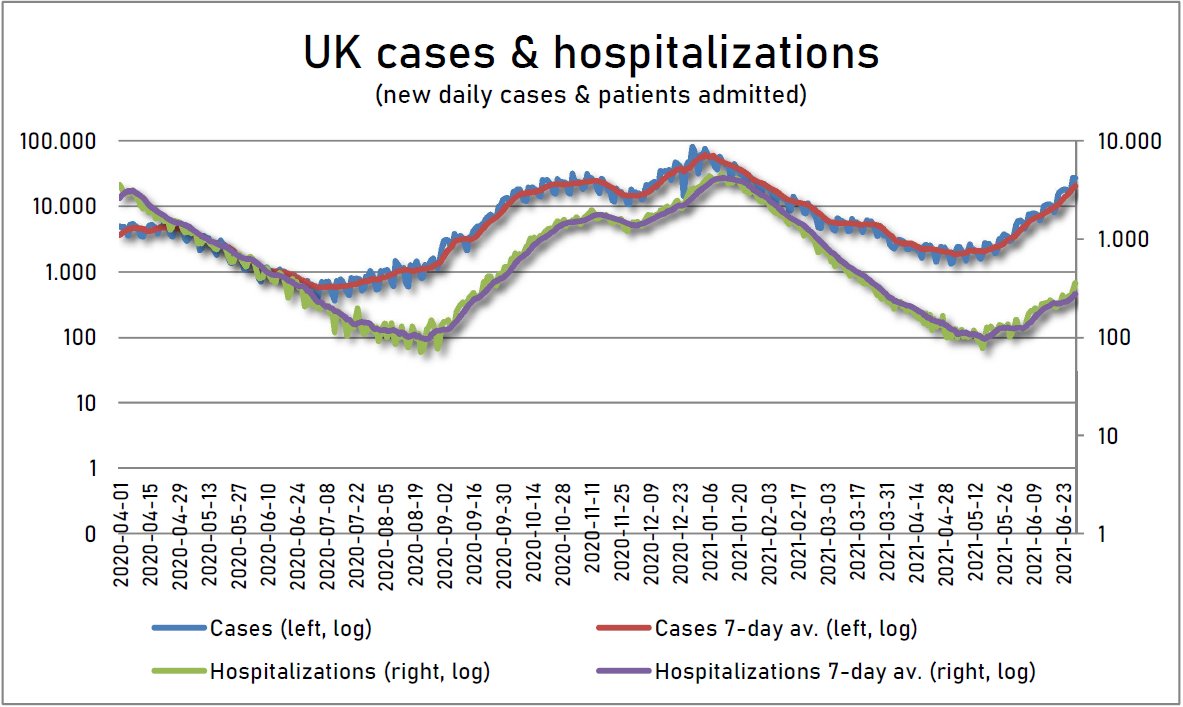
Something for believers in mucosal immunity & nasal spray vaccines, like @jacquesenboit. If I understand correctly, #SARS2-specific dIgA might be the best biomarker of current/recent #SARS2 infection.
https://twitter.com/NewsMedical/status/1412050950542462977
I meant, fellow believers. Because, from the start I thought the way to stop a worldwide raging pandemic with a highly infectious airborne respiratory virus is not an intramuscular vaccine (attenuates outcomes) but a nasal spray vaccine (stops the spread).
https://twitter.com/x2IndSpeculator/status/1350514704205172736?s=20
Ups, weirdly, I just tried to search & find the old tweets I wrote about nasal vaccines to no avail, but most appear deleted (I know cause I copy my tweets, dated, on hard drive)?! Are nasal spray vaccines now a conspiracy theory too, forbidden to mention?
frontiersin.org/articles/10.33…
frontiersin.org/articles/10.33…
"Our findings demonstrate that systemic HuNAb suppresses SARS-CoV-2 replication and injury in lungs; however, ROBUST VIRAL infection in NASAL turbinate may OUTCOMPETE the ANTIBODY with significant implications to subprotection, reinfection, and vaccine."
cell.com/cell-host-micr…
cell.com/cell-host-micr…
All of these kind of studies are out for a year, and could have been known by anyone paying attention. This phase of the pandemic we are facing was predictable last year. We are now placed in a tough predicament as governments declare: suck it up, let it rip & live with #SARS2.
• • •
Missing some Tweet in this thread? You can try to
force a refresh




